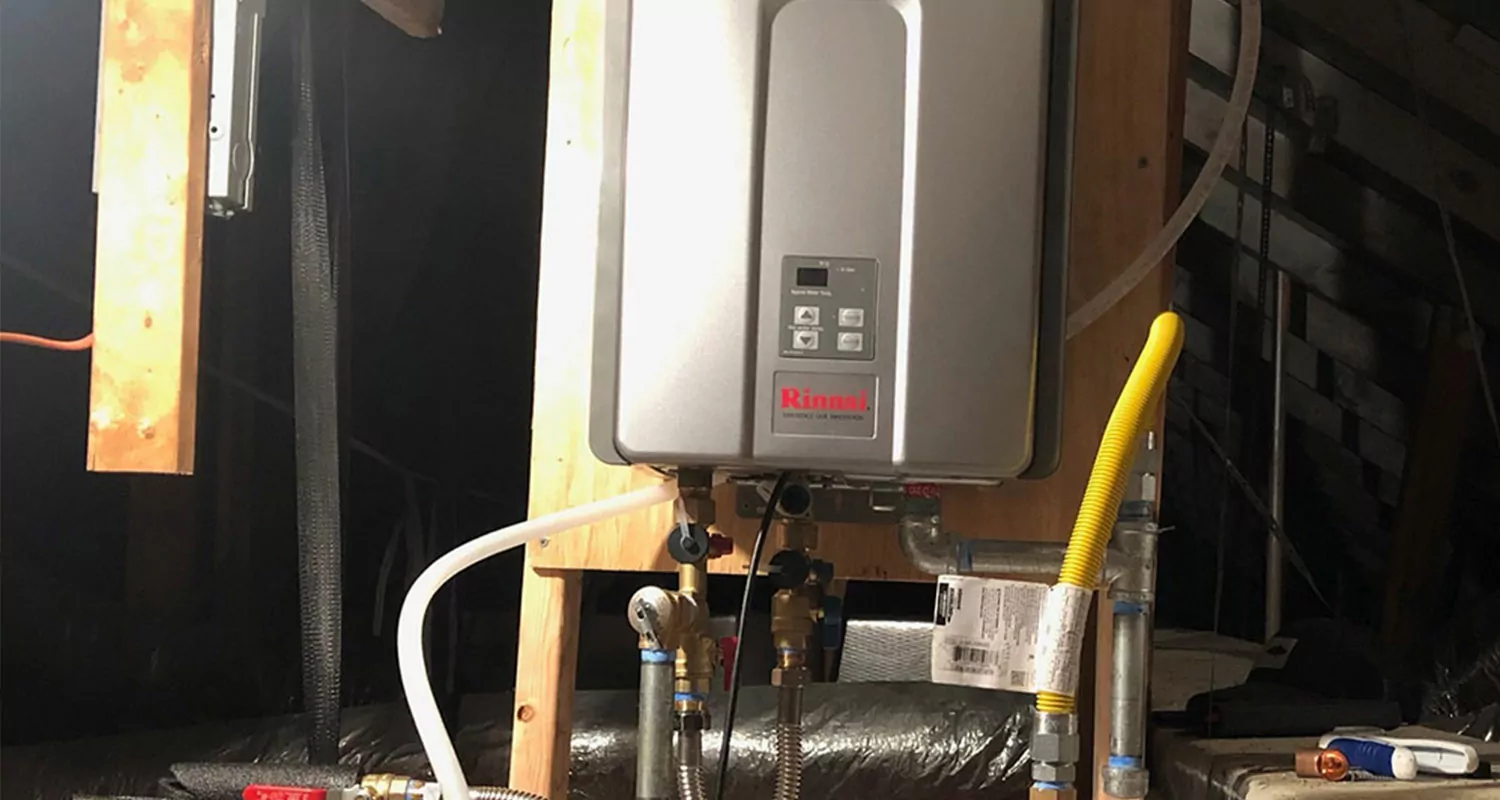What are your opinions regarding How to Maintain Your Water Heater & Prolong its Life?

Warm water is crucial for everyday convenience, whether it's for a refreshing shower or washing meals. To guarantee your hot water system runs effectively and lasts longer, routine upkeep is vital. This article provides practical tips and insights on how to preserve your home's warm water system to avoid interruptions and expensive fixings.
Introduction
Maintaining your home's warm water system could seem difficult, yet with a couple of simple steps, you can ensure it operates efficiently for many years to come. This overview covers whatever from comprehending your warm water system to do it yourself maintenance suggestions and knowing when to contact expert assistance.
Value of Preserving Your Warm Water System
Routine upkeep not only prolongs the life expectancy of your warm water system but also ensures it runs effectively. Overlooking maintenance can lead to lowered efficiency, higher energy costs, and also early failing of the system.
Indicators Your Warm Water System Requirements Maintenance
Recognizing when your warm water system needs interest can avoid major problems. Watch out for signs such as inconsistent water temperature level, odd sounds from the heating unit, or rusty water.
Purging the Hot Water Heater
Flushing your water heater removes sediment build-up, improving efficiency and lengthening its life.
Monitoring and Changing Anode Rods
Anode rods protect against deterioration inside the container. Checking and changing them when worn is important.
Complex Issues Calling For Expert Assistance
Examples consist of significant leakages, electric issues, or if your water heater is constantly underperforming.
Routine Expert Maintenance Benefits
Expert maintenance can include detailed examinations, tune-ups, and guaranteeing compliance with safety and security requirements.
Examining and Readjusting Temperature Setups
Changing the temperature level setups makes certain ideal efficiency and security.
DIY Tips for Upkeep
You can carry out several upkeep tasks on your own to keep your warm water system in top problem.
Checking for Leakages
Regularly evaluate pipes and links for leakages, as these can bring about water damage and greater expenses.
Understanding Your Warm Water System
Before diving right into maintenance jobs, it's useful to comprehend the basic parts of your hot water system. Commonly, this includes the water heater itself, pipelines, anode rods, and temperature level controls.
Month-to-month Upkeep Tasks
Regular month-to-month checks can aid catch small issues prior to they rise.
Testing Pressure Alleviation Valves
Evaluating the stress relief valve guarantees it operates appropriately and protects against too much pressure build-up.
Insulating Pipes
Shielding hot water pipelines decreases warm loss and can save power.
When to Call an Expert
While do it yourself upkeep is useful, some issues need specialist proficiency.
Verdict
Regular maintenance of your home's hot water system is crucial for efficiency, durability, and expense financial savings. By following these ideas and knowing when to seek professional assistance, you can make certain a dependable supply of hot water without unforeseen disturbances.
How to Maintain an Instant Hot Water Heater
Before tinkering with your hot water heater, make sure that it’s not powered on. You also have to turn off the main circuit breaker and shut off the main gas line to prevent accidents. Also turn off the water valves connected to your unit to prevent water from flowing into and out of the appliance. 2. When you’re done, you have to detach the purge valves’ caps. These look like the letter “T” and are situated on either side of the water valves. Doing so will release any pressure that has accumulated inside the valves while at the same time avoid hot water from shooting out and burning your skin. 3. When the purge valves’ caps are removed, you have to connect your hosing lines to the valves. Your unit should have come with three hoses but if it didn’t, you can purchase these things from any hardware or home repair shops. You can also get them from retail stores that sell water heating systems. Read the user’s manual and follow it to complete this task properly. When the hosing lines are connected, open the purge port’s valves. 4. You should never use harsh chemical cleaners or solutions when cleaning your unit. Make use of white vinegar instead. It should be undiluted and you’ll probably use about 2 gallons. 5. Now flush your water heater. This task should probably take about 40 minutes. We can’t give you specific directions for this because the procedure is carried out depending on the type, model and brand of your heater. With that being said, refer to the user’s manual. 6. When you’re done draining the unit, you have to turn off the purge port valves again. Remove the hosing lines that you earlier installed on each of the water valves. Put the valve caps (purge port) back in their respective places and be very careful so as not to damage the rubber discs that are found inside these caps. 7. Now that everything’s back in place, check your user’s manual again to find out how to reactivate your water heating system. 8. Once it is working, turn one of your hot water faucets on just to let air pass through the heater’s water supply pipes. Leave the tap on until water flows smoothly out of it. https://www.orrplumbing.com/blog/2014/september/how-to-maintain-an-instant-hot-water-heater/

I am very interested by Tips on Maintaining a Water Heater and I'm hoping you enjoyed reading my blog post. Are you aware of somebody else who is very much interested in the subject? Feel free to share it. Thanks a lot for going through it.
Book Maintenance